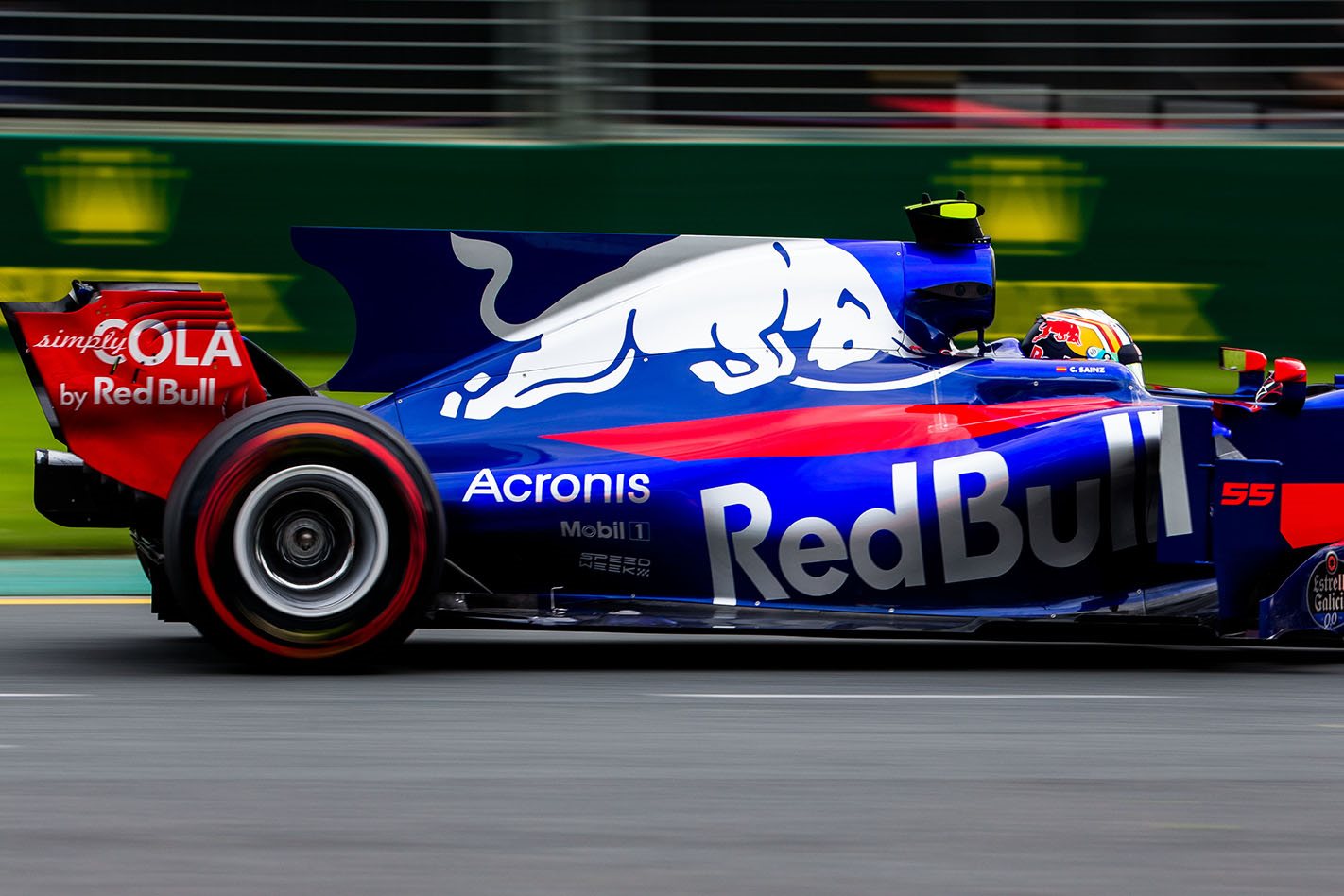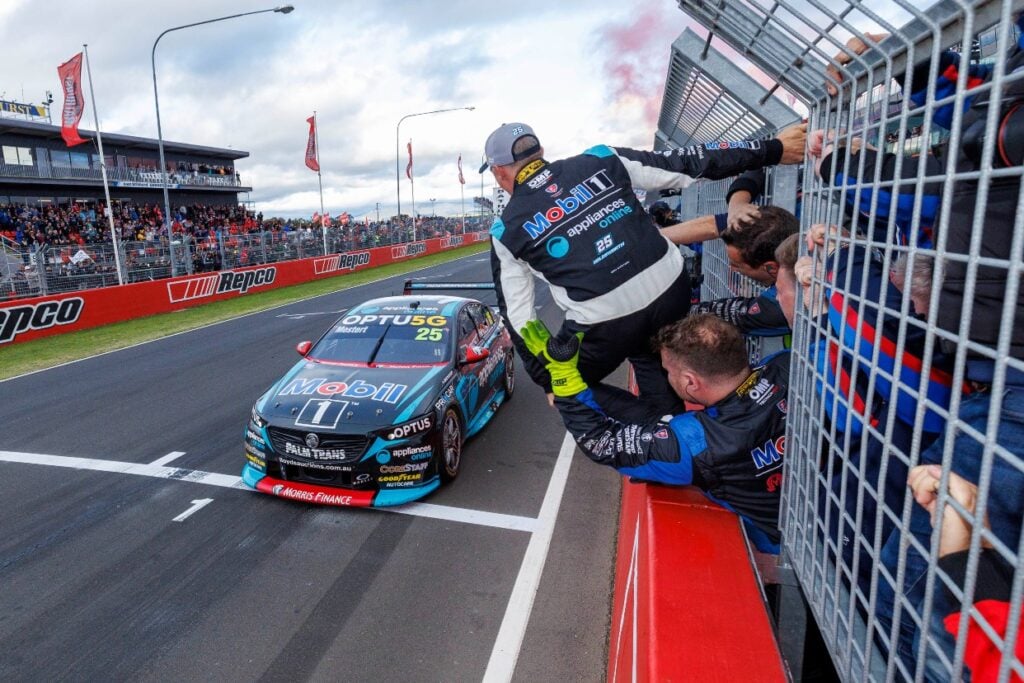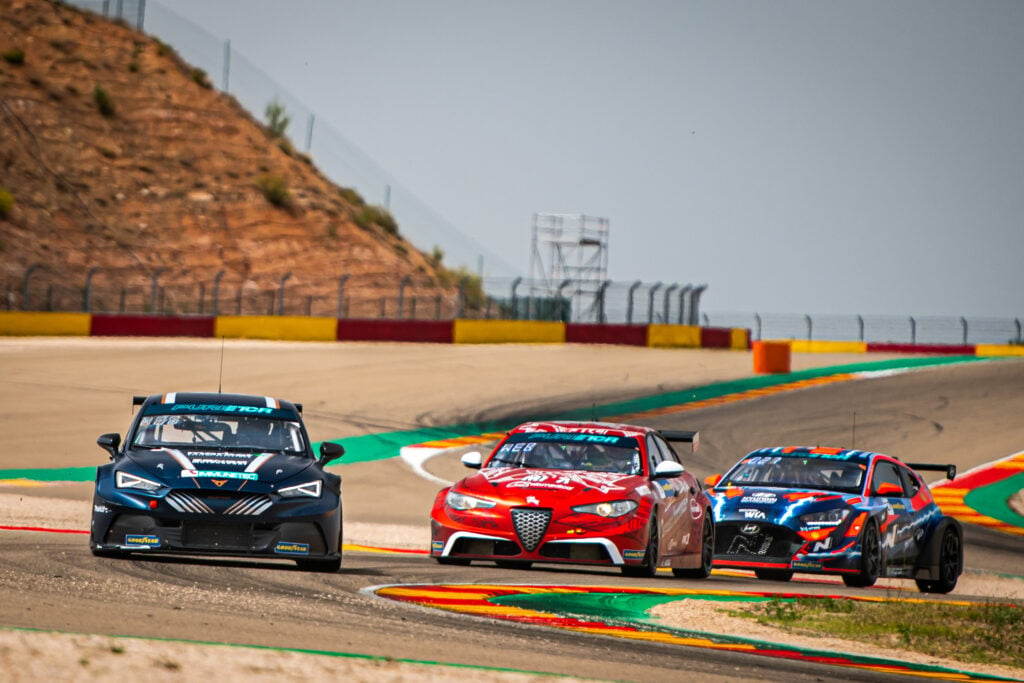AFTER a meeting in Paris to discuss whether Formula One should consider replacing the unloved current turbo hybrid power units, the FIA controlling body and significant stakeholders have indicated their desire to switch to less expensive, noisier engines by 2021, the year of the next opportunity to move to new regulations.
Chaired by FIA president Jean Todt and attended by representatives of new F1 owner Liberty Media, the four current F1 engine suppliers plus manufacturers potentially interested in participating in the sport (among them Volkswagen), those present agreed on several key moves to change the sport.
The meeting established the overriding aim was to keep F1 as the pinnacle form of motorsport with road-car relevant technology, while making power units simpler and cheaper to develop and produce – and more powerful.
Though it is almost inevitable the current hybrid power units will go, it is likely some of the technology will stay.
The stakeholders in the sport also agreed on the need for engine regulations which give drivers the freedom to drive harder at all times, rather than the fuel and power unit conservation obligatory with current engines and the 105-litre fuel minimum.
Todt, who oversaw the introduction of the technically complicated and scarily expensive turbo-hybrid engines in 2014, seems happy to concede these power units haven’t been a resounding success.
The Frenchman came away from the Paris meeting very satisfied with the absence of conflict among the stakeholders, who agreed broadly on the future direction of the sport.
“I was very pleased with the process, and the fact that so many different stakeholders were able to agree on a direction for the FIA Formula One World Championship in such an important technical area,” Todt said in an FIA statement.
“Of course, now we must sit down and work through the fine details of exactly what the 2021 power units will be – but we have begun on the right foot, and I am looking forward to working through the process to come up with the best decision for Formula One into the future.”
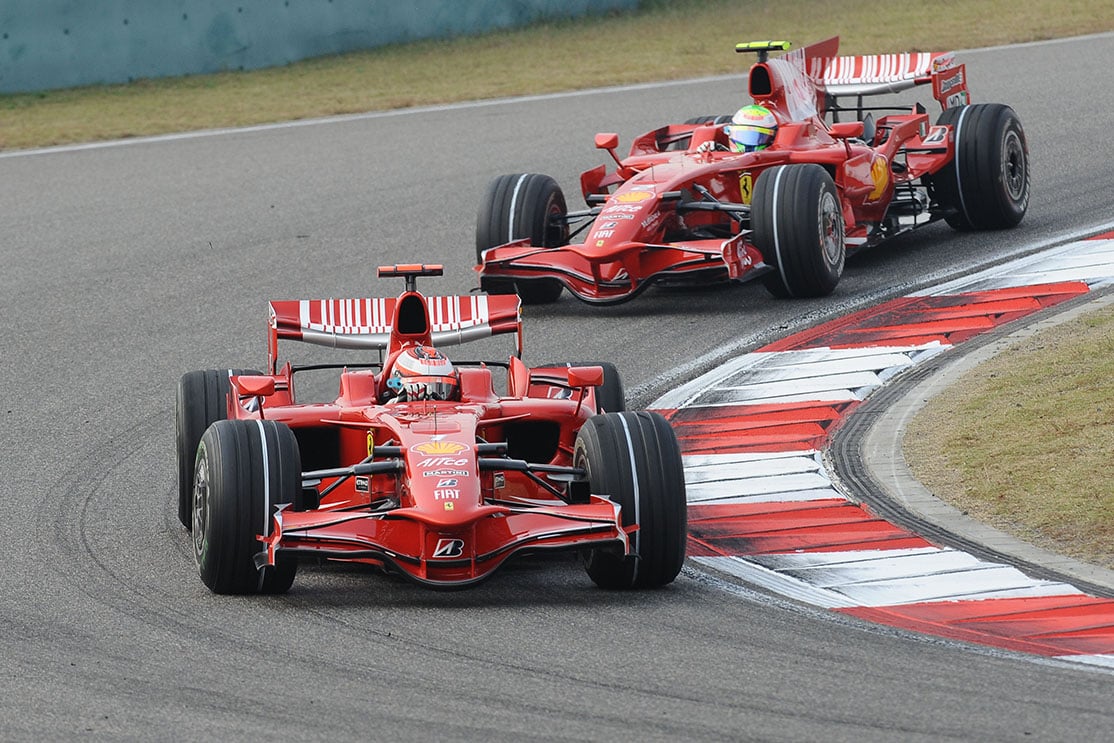
Talks are already in train for the revisions of the 2021 engine regulations.
The FIA confirmed the existing 1.6-litre V6 turbo hybrid power units will remain until the end of the 2020 world championship, with rules dictating the first change cannot be applied until 2021.
A week earlier, in a media briefing at the Australian Grand Prix, Todt said it is the responsibility of the FIA to make the rules, but in the context of a yearning by new commercial rights holders to make changes.
“They [Liberty Media] will never be in a position to write the rules,” Todt said. “They will always be written by the FIA.”
The FIA boss went on to say he felt the cars today were “too sophisticated, too expensive, too complicated and in a way too reliable”.
He said the technical sophistication of the sport shouldn’t take a priority over action and emotion.
He also emphasised F1 would never go back to the inefficient but loud, naturally aspirated engines of a decade ago.
He also indicated it was essential there was less disparity in pace between teams.
Ross Brawn, hired by Liberty to drive the technical changes to the sport, is pushing for greater entertainment on track. Faster, more dramatic, more passing.
“We should work out how we can make the aerodynamics as benign as possible so cars can actually race each other. That’s never truly been done,” Brawn said.
“Can we come up with a set of regulations where we can still use the power of aerodynamics to give us the speed and spectacle of the cars, but in a more benign way so they can at least race each other more closely without it having an impact? That is my ambition, that is my objective.”

Porsche and Toyota unveil 2017 WEC title weapons
Porsche has launched its updated 919 Hybrid which the German marque hopes will defend its FIA World Endurance Championship Drivers’ and Manufacturers’ titles in the LMP1 outright category of the World Endurance Championship.
As effective as the 919 has been – and undoubtedly will be – it is still nothing of compelling beauty.
The new 919 Hybrid car features a radically revised aerodynamic package, in compliance with new regulations from the FIA placing limitations on downforce, and will be powered by a 2.0-litre V4 combustion engine, the most efficient in Porsche’s history.
This will be combined with an eight mega-joule hybrid system that recovers energy during acceleration and braking, generating 900 horsepower, about on par with today’s Formula One cars.
Porsche displayed the car in low-downforce spec at the season’s Prologue at Monza alongside other hybrid vehicles from the performance range, a display which clearly demonstrated the transfer of technology from the race track to the road.
At the launch, Andreas Seidl, the Porsche team principal, said that the 2017 919 is 70 per cent new even though the chassis is unchanged from last season.
Toyota Gazoo Racing also unveiled the latest evolution of its TS050 Hybrid for the 2017 WEC.
Jointly engineered in Germany and Japan, Toyota’s new LMP1 challenger has undergone extensive development over the winter to comply with new technical regulations brought in by Le Mans race organiser, the Automobile Club de l’Ouest, and take the challenge to Porsche.
It has already completed more than 30,000 km of testing across Europe, including four 30-hour endurance tests, with Toyota desperate to finally break through for a first victory at the 24 Hours of Le Mans in June. Last year’s heart-breaking finish is still very raw.
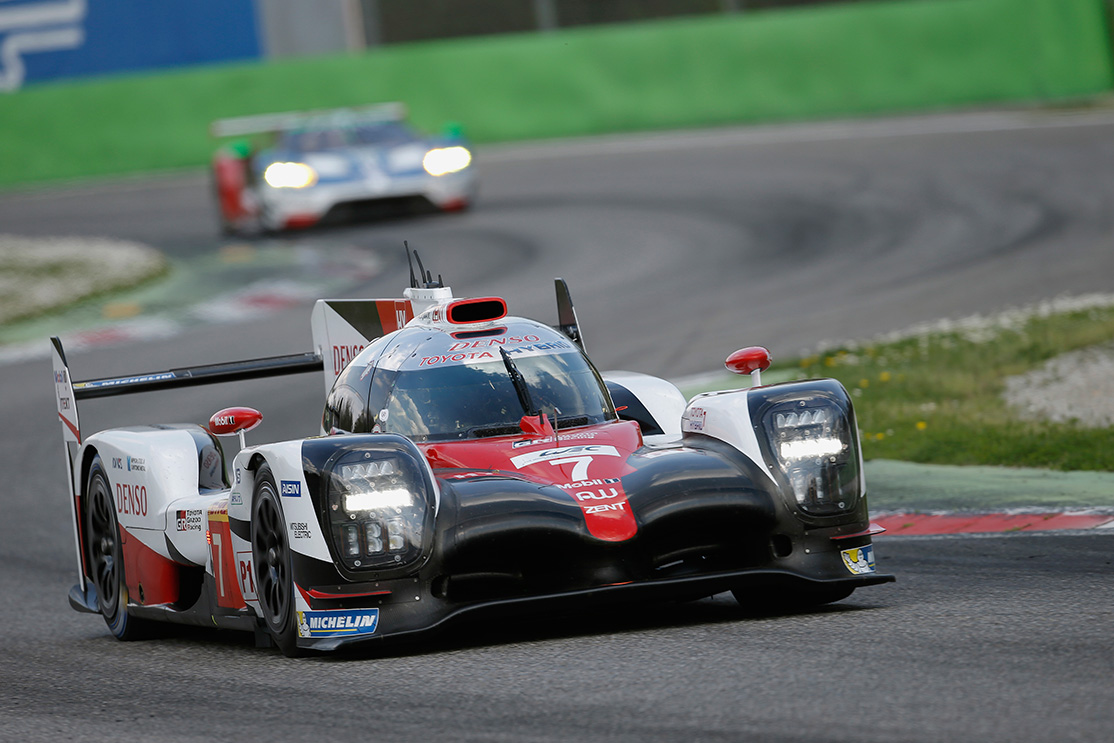
The TS050 gets a new 2.4-litre V6 turbo-charged petrol engine, combined with a smaller, lighter 8MJ hybrid system delivering 1000 horsepower.
A raised nose and sharp undercuts to the sidepods are among the raft of modifications to the bodywork aimed at improving aerodynamic efficiency.
Like Porsche, the monocoque is the only carry-over item. And, like the Porsche, the Toyota stands as a representation of function over form.
“As well as big aerodynamic changes, we have optimised each area for performance and weight,” said Pascal Vasselon, Gazoo’s technical director. “What happened at Le Mans last year was painful so we gave extra attention to quality management. Pre-season testing has gone well in terms of performance and reliability so we feel positive but we also know we face a tough competitor.”
Fastest over the prologue test sessions at Monza at the weekend, on his return to LMP1 was Nicolas Lapierre in the #8 Toyota. Lapierre, was 0.785 seconds faster than the best time set by team-mate Mike Conway in the #7 Toyota.
The two Porsche 919 Hybrids were third and fourth, with the top four cars separated by just 1.2 seconds.
With Audi out of the WEC this year, Porsche and Toyota will be the only outright factory duellists in the WEC, which starts on April 16 with the Six Hours of Silverstone.
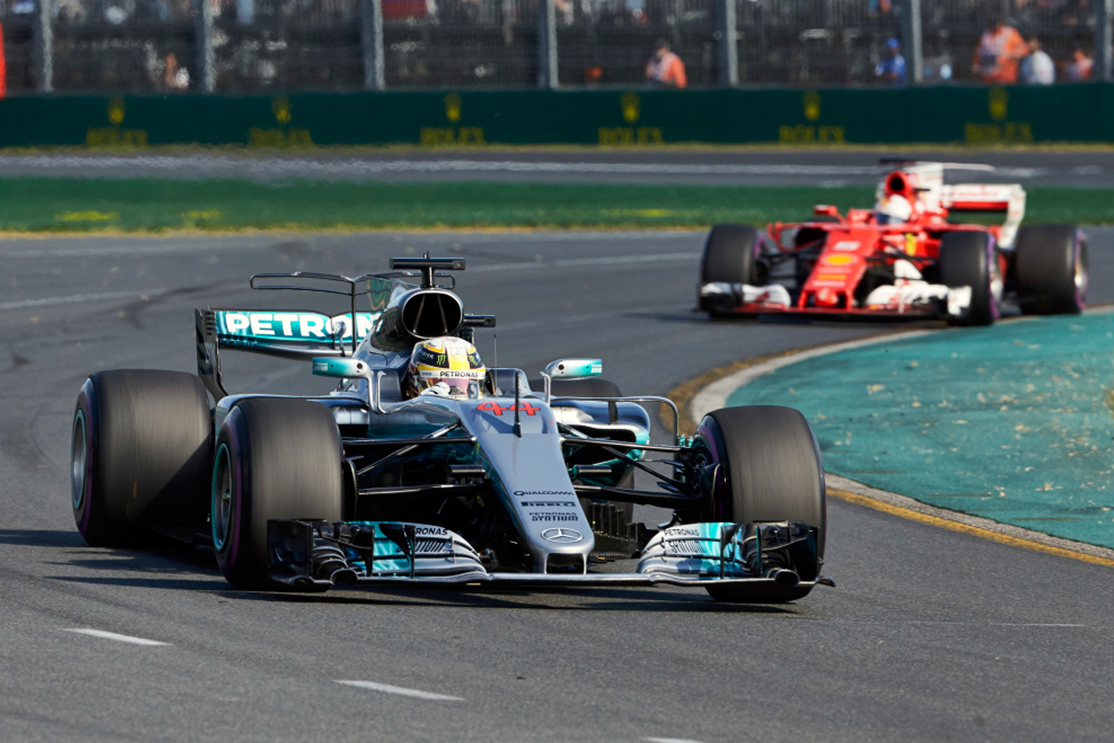
Mercedes needs to go on a diet
The Mercedes F1 team has acknowledged it needs to rip some weight out of its Silver Arrows, admitting that its 2017 cars might be on the wrong side of the 728kg minimum.
Mercedes is probably not the only team with the problem as the 2017 regulation’s demanded suspension components be toughened to cope with the stresses of higher corning loads while engine parts are sometime more robust in the interest of endurance.
More weight obviously costs time. Equally, designers like their cars to come in under the limit so they can place ballast more advantageously.
Force India has asked its drivers to shed weight. Presumably this is easier and less expensive than pulling kilos out of the car.
Red Bull is rumoured to be right on the limit after Renault reverted to its five kilo heavier 2016 MGU-K for the AGP. A lighter MGU-K will come on stream later, saving Daniel Ricciardo from a diet of lettuce.
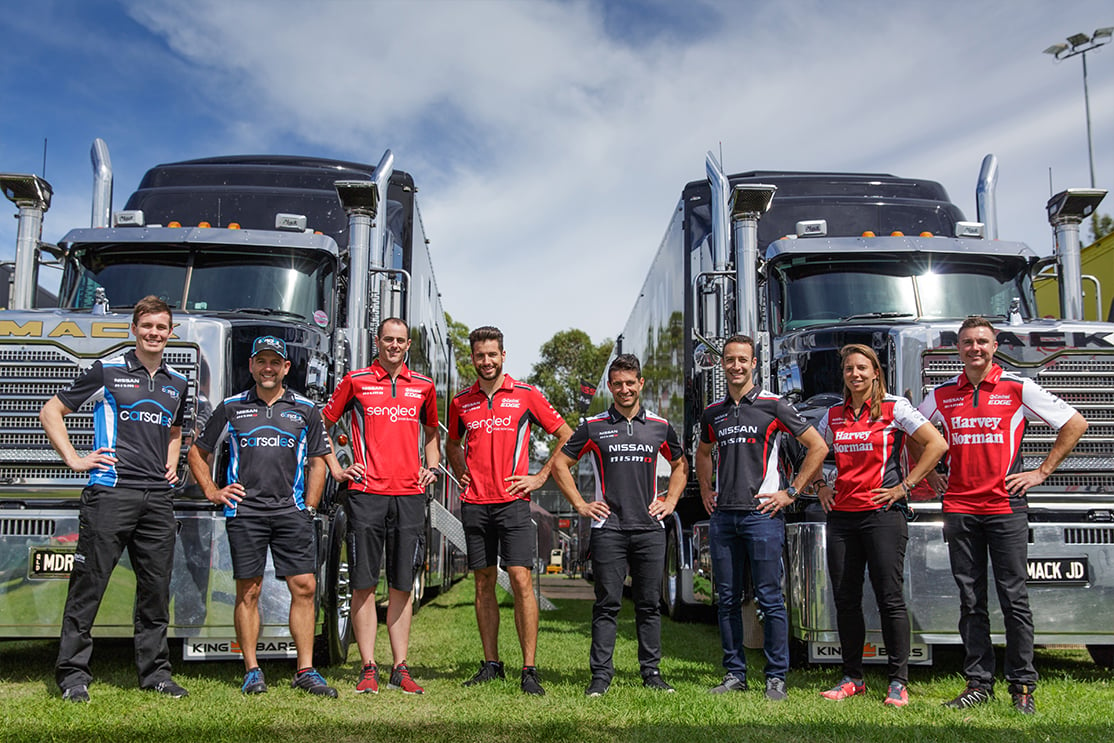
Couple of newies in Nissan enduro line-up
Nissan Motorsport’s enduro squad for the Sandown 500, Bathurst 1000 and Gold Coast 600 has a couple of drivers new to the team as well as two returnees.
Rick Kelly will pair with David Wall for the first time, both sharing the #15 Sengled Racing Altima. Wall finished third in last year’s Endurance Cup points (pairing with Scott McLaughlin at Garry Rogers Motorsport) and brings a wealth of experience to the team.
Having worked with the engineering team at the pre-season test earlier in the year, Wall is already very much part of the squad.
David Russell is back with Nissan Motorsport in 2017, but this year will co-drive with Simona De Silvestro in the #78 Team Harvey Norman Altima. Russell previously co-drove with Todd Kelly (2013) and Rick Kelly (2014 and 2015), and his familiarity with the team and the Altima will be an asset for De Silvestro in her first attack on the Enduro Cup.
The “Italian Heritage” #23 Nissan Nismo entry, brings Dean Fiore and Michael Caruso together for their fourth endurance campaign.
Earlier, Nissan announced the #7 Altima will rely on a mix of experience and youth as Todd Kelly partners up with Jack Le Brocq for the first time. Le Brocq, 24, will stay sharp in the lead-up to Sandown by continuing to campaign Kelly’s old Altima for MW Motorsport in the Super2 Championship.
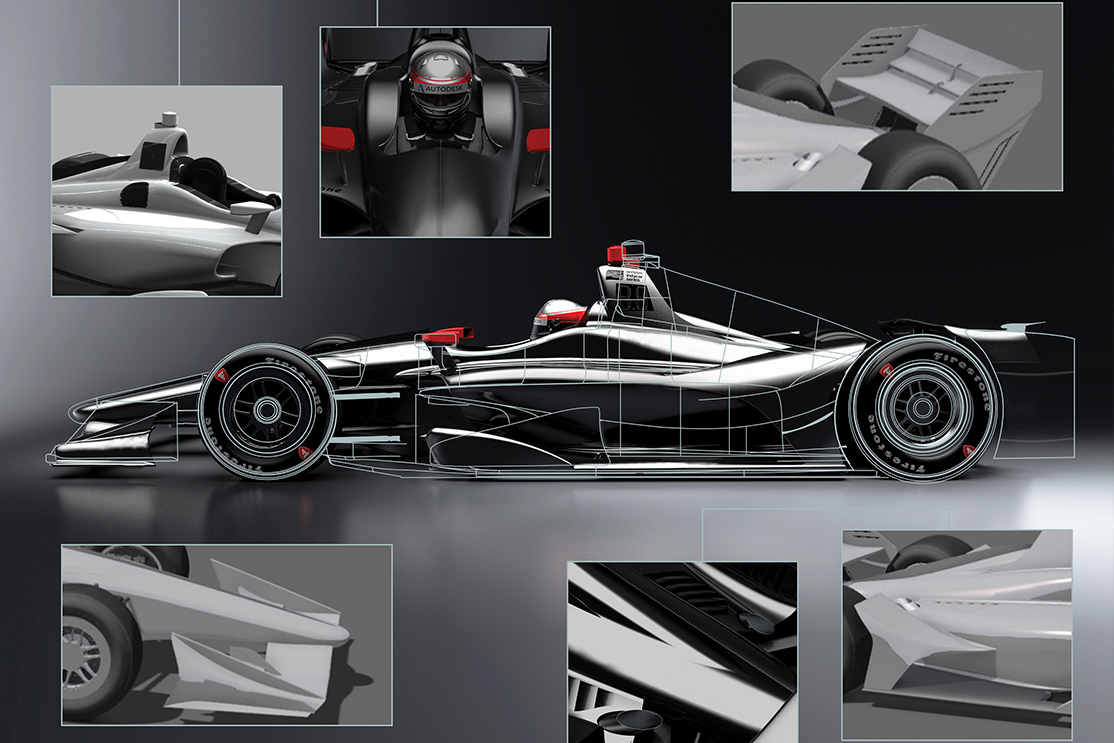
IndyCar racing’s 2018 car
Computer-generated images of the 2018 IndyCar Series car design revealed this weekend have received a very positive reaction from fans and teams.
The images show the direction IndyCar is taking with the new car, a Dallara IR-12 chassis to be used by all teams
Still a work in progress, the final look of the 2018 universal aero kit might vary from these concept images.
IndyCar’s development goals are to create a bolder, more traditional-looking Indy car that produces most of its downforce from underneath to promote more passing opportunities, while at the same time adding numerous safety enhancements.
Scale model testing of the universal kit is ongoing, with the first on-track car testing expected by mid-year.
Meanwhile the next round of the 2017 series is set for the Long Beach Grand Prix next weekend with Aussie Will Power keen to compensate for a disastrous opening round in Florida.

